Browse Books

Encountering the Plague
This edited collection features fourteen newly commissioned articles each of which responds to the theme of plague from different disciplinary perspectives. Contributors focus on the impact of COVID-19 on everyday life but also draw on insights from different historical experiences of plague as a way of exploring human responses to epidemics past and present.
Each chapter opens with a different illustration that serves as a source for subsequent discussion enabling readers to make connections between everyday objects experiences and broader critical debates about plague and its impact on humanity. Thought-provoking commentaries stem from a variety of humanities disciplines including archaeology electronic literature history linguistics media and cultural studies and musicology and the book is divided into four sections: Rituals and RitesRites and Behaviours; Plague in History; Covid-19 - texts and discourse; Creative Responses to Plague.
As a collection Encountering the Plague explores ways in which humanities research can play a meaningful role in key social and political debatesand provides compelling examples of how the past can inform our understanding of the present.

Entangled Histories of Art and Migration
Dedicated to the stories of migrants refugees asylum seekers and exiles this collection asks how these stories are interwoven with art art practices activism reception and (re-)presentation. It explores the complex entanglements of art and aesthetic practices with migration flight and other forms of enforced dislocation and border/border crossings in global contexts - the latter significant phenomena of social transformation in the twentieth and twenty-first centuries.
These complex entanglements take centre stage when migration shapes forms and aesthetics (and vice versa) when actors employ image politics and visualisation strategies in and about migration at different times and places or when materialities sites and spaces gain importance for decision-making processes. Taking an art and cultural studies perspective the book questions the significance of spatial changes for artistic practice in migration and elaborates on new or different theory-formation.
Interweaves histories of modernism and exile in different urban environments and focuses on historical dislocations in the first half of the twentieth century when artistic and urban movements constituted themselves in global exchange. Although this book takes a historical perspective it is written with an awareness of current flight movements and will make a significant contribution to the theory and methodology of research on exile.
The knowledge of previous historical exile experiences is important for the understanding of contemporary flight movements: after all these are not singular phenomena. For migration movements in the first half of the 20th century and for those of today it is equally possible to speak of urban centres of attraction for refugees: Today Berlin is a European metropolis of exile; in the 1930s and 1940s Paris Prague London New York Istanbul and Shanghai were destinations for refugees.

Entangled Histories of Art and Migration
Dedicated to the stories of migrants refugees asylum seekers and exiles this collection asks how these stories are interwoven with art art practices activism reception and (re-)presentation. It explores the complex entanglements of art and aesthetic practices with migration flight and other forms of enforced dislocation and border/border crossings in global contexts - the latter significant phenomena of social transformation in the twentieth and twenty-first centuries.
These entanglements take centre stage when migration shapes forms and aesthetics (and vice versa) when actors employ image politics and visualisation strategies in and about migration at different times and places or when materialities sites and spaces gain importance for decision-making processes.
Giving space to these stories of art and migration and its power of pluriverse knowledge production the book takes an art and cultural studies perspective and questions the significance of spatial changes for artistic practice in migration and elaborates on new or different theory formation. Bringing together its case studies and theoretical approaches the argumentation unfolds over the five sections of the book Visibilities | Invisibilities Sites | Spaces Materiality | Materialisation Racism | Resistance and Practices | Performativity.

Ethno Music Gatherings
This book presents key findings from a 4-year project that sought to understand Ethno Gatherings an organized residential folk world and traditional music programme for young people aged 18-30. In response to three lines of enquiry pedagogy and professional development participant experience and the impact it had upon those who attended the authors examine the complexity of an Ethno music experience. By considering its history and current practices the following themes are explored: non-formal music making personal authenticity holistic praxis musical possible selves intercultural music exchange sustainability social media engagement song sharing and future practices. Constructed through data drawn from participant observations interviews online social media analysis onsite and video observations surveys and questionnaires the authors ask critical questions concerning Ethno’s history ethos pedagogy and philosophical ideals. First held in Sweden in 1990 Ethno Gatherings are now located in over 40 countries worldwide and are part of JM Internationals youth music programmes. As a collection of integrated thought the book’s purpose is to illuminate new understandings of what Ethno does to support its future growth and development.

Effective Journalism
This book provides journalists and the public with a broad overview of all the ways modern communication technologies and information approaches make it difficult for people to effectively find and interpret information and what they can do about it. The public may have a general awareness that things like confirmation bias content algorithms and the backfire effect exist and can influence their behaviour but this book will explain them in one place in plain language. Journalists likewise know that their audiences are dealing with some of these issues but continue to operate under the assumption that if they just publish facts the truth will win out in the court of public opinion.
The central argument of the book is that journalists and audiences can no longer afford to pretend that all information is competing on an even playing field and that it is enough for journalists to simply publish “the facts.” Just as behavioural economics provided a new way of thinking about economics one that understood people as non-rational actors this book attempts to explain the reality rather than the ideal of how people seek and process information and what journalists and their audiences can do to try to create an informed public in the face of that reality.
For many American journalists their work and their responsibility to the public is grounded in the concept of a marketplace of ideas. Journalists believe they should just report the facts as neutrally as possible and let the public judge those facts and put them in context. The marketplace of ideas requires individuals to rationally consider the information that is presented to them and weigh it against other available information. Through this process bad ideas will be judged and dismissed and good ideas will win out. We might like to believe that we are all capable of carefully and rationally evaluating information but the evidence is clear that it is simply not true. If it were true we would not observe such things as the continued persistence of flat-Earthers and moon-landing sceptics and others who champion backward social ideas that were dismissed decades or even centuries ago. The fact that these ideas continue to persist tells us that the public is not engaging in a clear-eyed rational consideration of all the available verified facts.
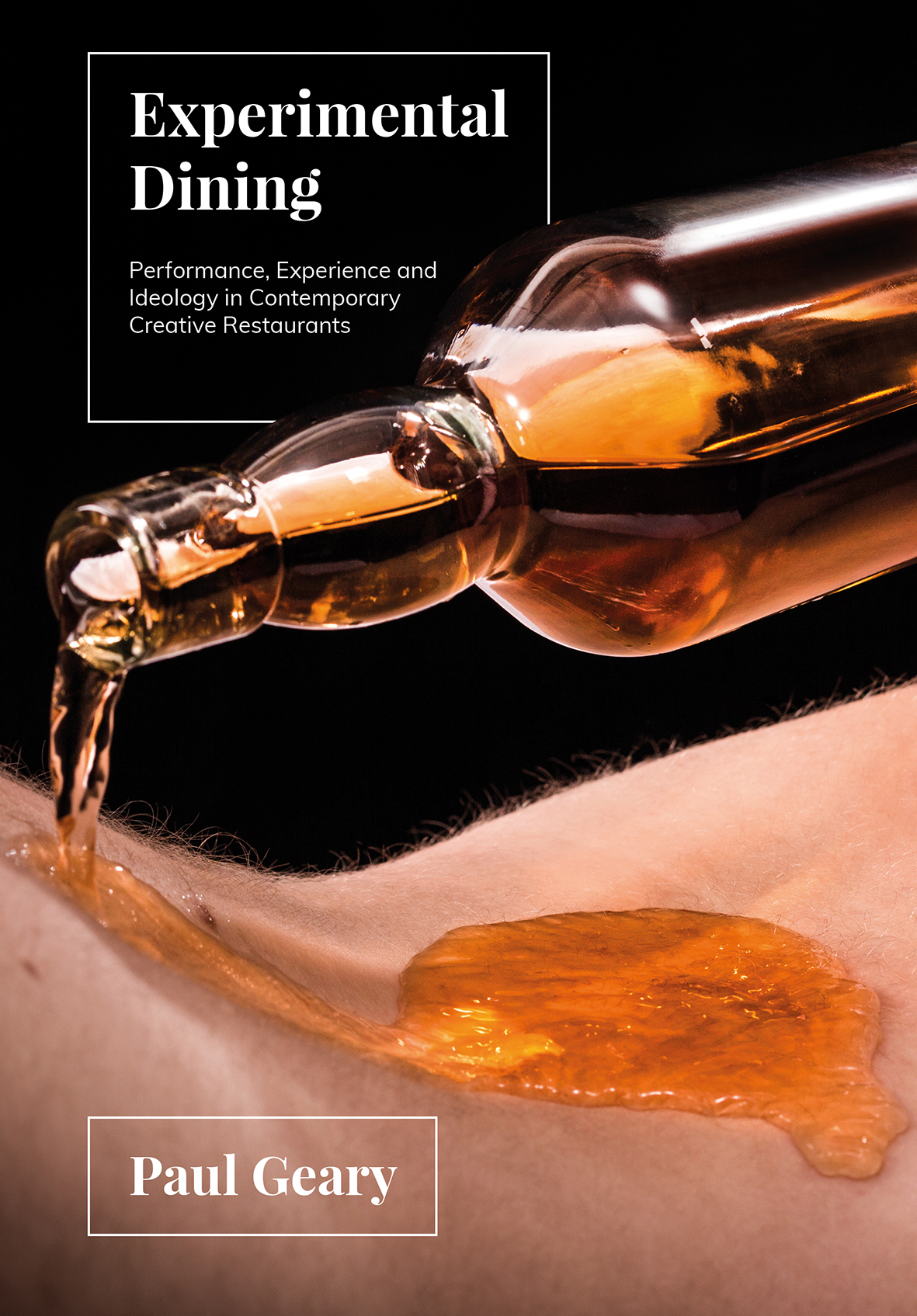
Experimental Dining
Experimental Dining examines the work of four of the world’s leading creative restaurants: Noma elBulli The Fat Duck and Alinea.
Using ideas from performance studies cultural studies philosophy and economics the book explores the creation of the dining experience as a form of multisensory performance.
It examines the construction of the world of the restaurants and their creative methods the experience of dining and the broader ideological frames within which the work takes place. Experimental Dining brings together ideas around food philosophy performance and cultural politics to offer an interdisciplinary understanding of the practice and experience of creative restaurants.
The author contends that the work of the experimental restaurant while operating explicitly within an economy of experiences is not absolutely determined by that political or economic context. Its practice has the potential to appeal to more than idle curiosity for novelty. It can be unsettling and revealing provocative and evocative personal and political experimental and considered thoughtful and sensual. Or in other words that the food event can be art.
Primary readership will be academics researchers and scholars in the fields of food studies performance studies and those with interests in the philosophy of everyday life cognitive science and sensory studies. It will be a useful resource as supplementary reading on courses on Food and Performance. It may also have interest for chefs gastronomes restaurateurs and artists
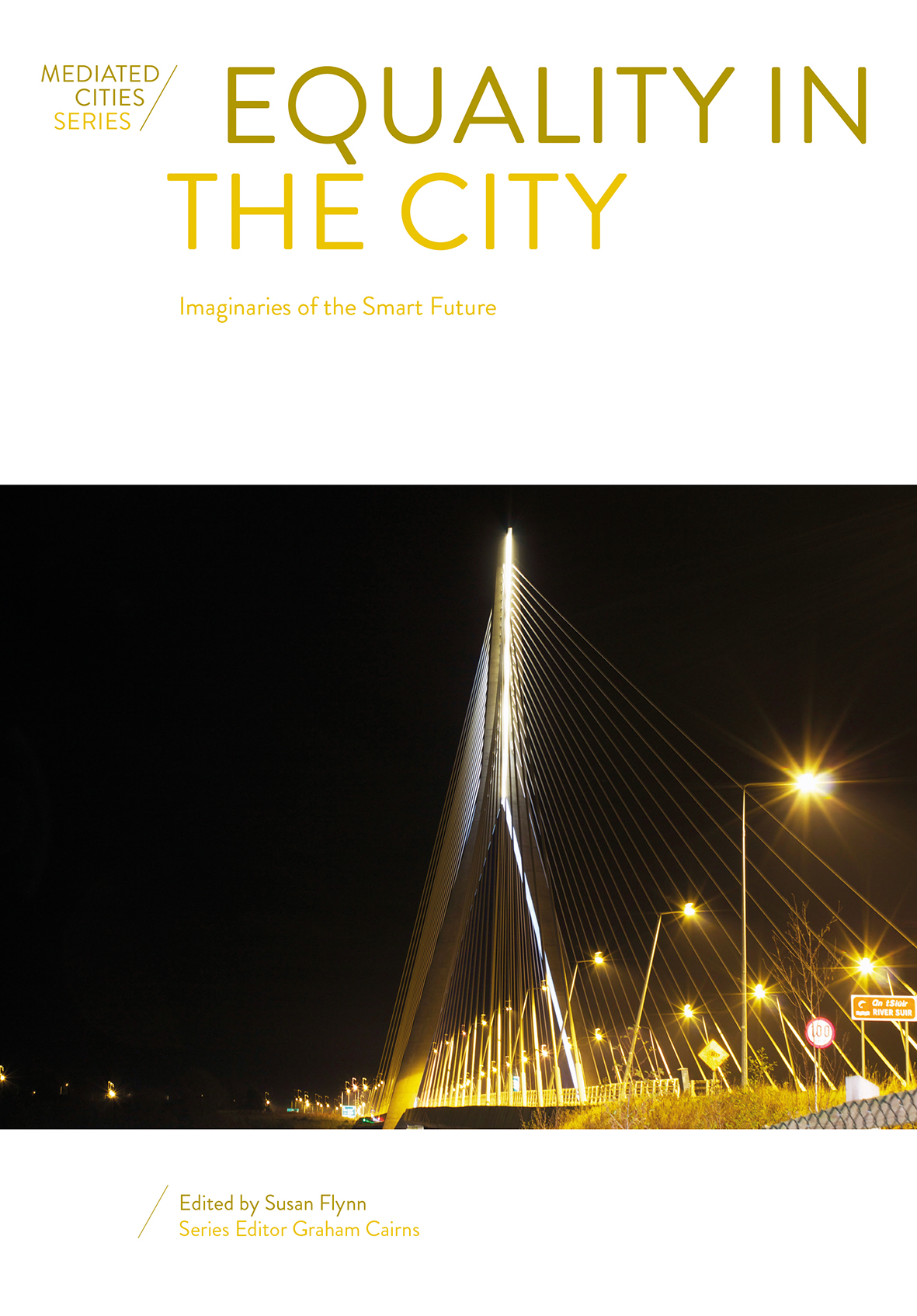
Equality in the City
This collection considers the city of the future and its relationship to its citizens. It responds to the foregrounding of digital technologies in the management of urban spaces and addresses some of the ways in which technologies are changing the places in which we live and the way we live in them.
A broad range of interdisciplinary contributors reflect on the global agenda of smart cities the ruptures in smart discourse and the spaces where we might envisage a more user-friendly and bottom-up version of the smart future. The authors adopt an equality studies lens to assess how we might conceive of a future smart city and what fissures need to be addressed to ensure the smart future is equitable. In the project of envisaging this they consider various approaches and arguments for equality in the imagined future city putting people at the forefront of our discussions rather than technologies.
In the smart discourse hard data technological solutions global and national policy and macro issues tend to dominate. Here the authors include ethnographic evidence rather than rely on the perspective of the smart technologies’ experts so that the arena for meaningful social development of the smart future can develop.
The international contributors respond purposefully to the smart imperative to the disruptive potential of smart technologies in our cities: issues of change design austerity ownership citizenship and equality. The collection examines the pull between equality and engagement in smart futures. To date the topic of smart cities has been approached from the perspective of digital media human geography and information communications technology. This collection however presents a different angle. It seeks to open new discussions about what a smart future could do to bridge divides to look at governmentality in the context of (in)equality in the city. The collection is an approachable discussion of the issues that surround smart digital futures and the imagined digital cities of the future. It is aspirational in that it seeks to imagine a truly egalitarian city of the future and to ponder how that might come about.
Primary readership will be academics and students in social science architecture urban planning government employees and those working or studying in social justice and equality studies
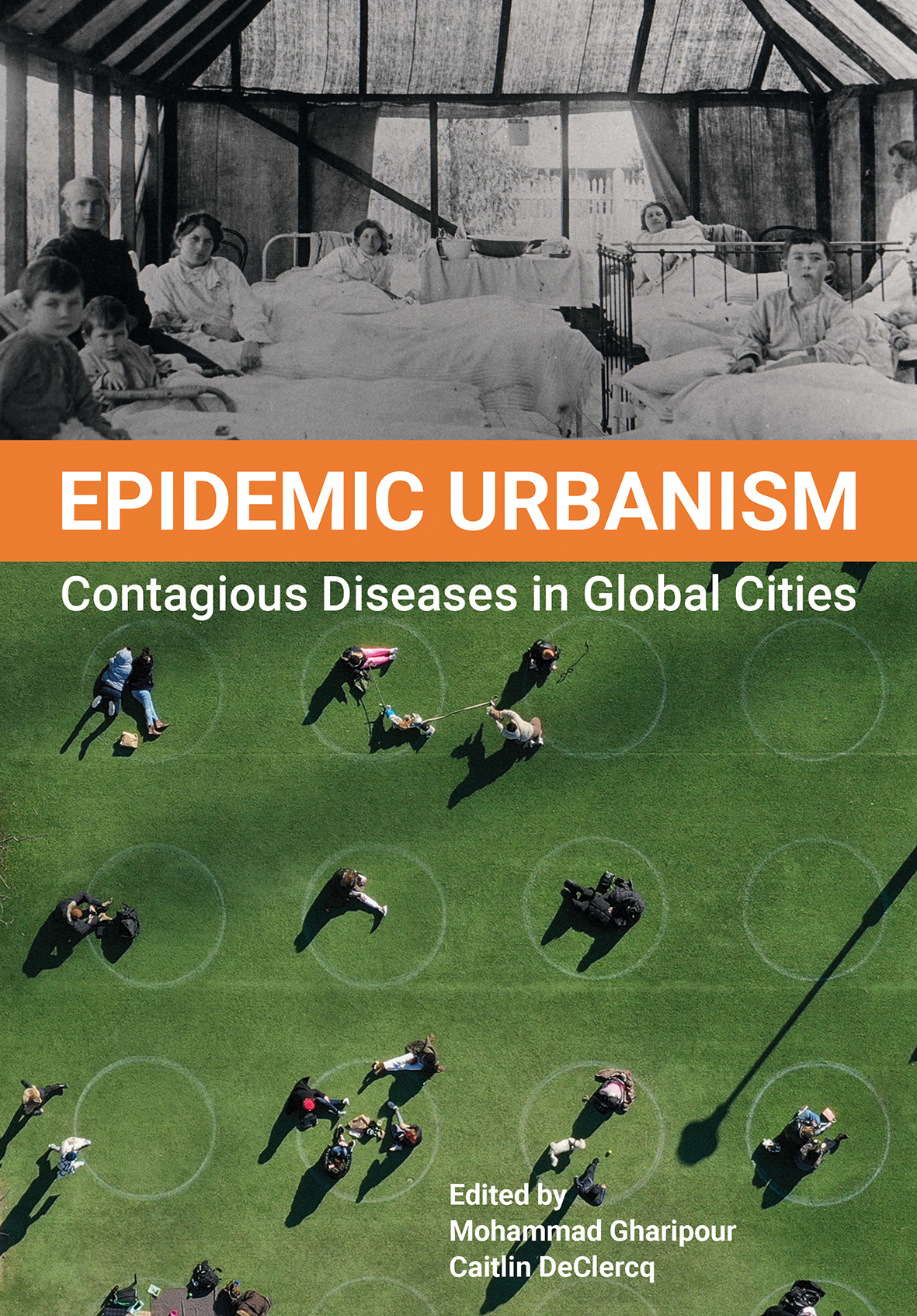
Epidemic Urbanism
Includes 36 chapters that deploy interdisciplinary approaches to the analysis of the mutual relationship between pandemics and the built environment. The chapters share the story of a pandemic in a particular city or region from five continents and are organized in four sections to convey the mechanisms of change that affect vulnerabilities and responses to epidemic illnesses: 'Urban Governance' 'Urban Life' 'Urban Infrastructure' and 'Urban Design and Planning'. Two prominent scholars from the disciplines of public health and medical anthropology provide a prologue and epilogue: Sandro Galea writes on 'Pandemics and urban health' and Richard J. Jackson on 'Urbanism and architecture in the post-COVID era'.
The contributors to this new study are historians public health experts art and architectural historians sociologists anthropologists doctors and nurses. In researching their contributions all have spoken to an audience that includes the public practitioners and academic readers; the resultant case studies reveal a diverse range of urban interventions that are connected to the impact of epidemics on society and urban life as well as the conceptualization of and response to disease.
Epidemic illnesses – not only a product of biology but also social and cultural phenomena – are as old as cities themselves. The recent pandemic has put into perspective the impact of epidemic illness on urban life and exposed the vulnerabilities of the societies it ravages as much as the bodies it infects. How can epidemics help us understand urban environments? How might insights from the outbreak and responses to previous urban epidemics inform our understanding of the current world? With these questions in mind this book gathers scholarship from a range of disciplines to present case studies from across the globe each demonstrating how cities in particular are not just the primary place of exposure and quarantine but also the site and instrument of intervention.
This book seeks to explore the profound and complex ways that architecture and landscape design were impacted by historical epidemics around the world from North America to Africa and Australia and to convey this information in a way that meaningfully engages a public readership. The chapters analyse the development of urban infrastructure institutions and spaces in western and eastern societies in response to historical pandemics. They also demonstrate how epidemic illnesses and their responses exploit and amplify social inequality in the urban contexts and communities they impact.
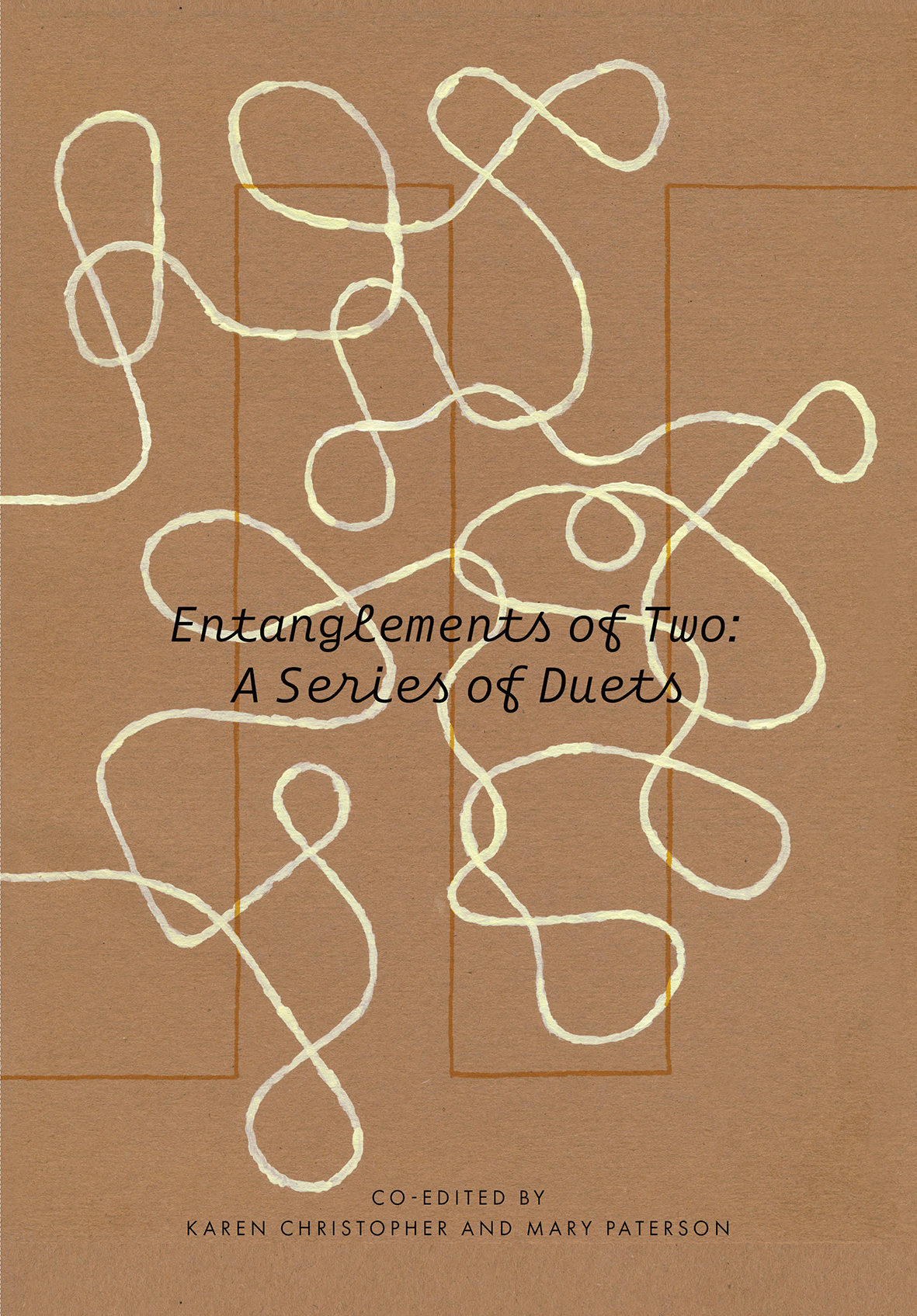
Entanglements of Two: A Series of Duets
Drawing out the particularities of working in twos with a focus on collaborative performance making this book considers the duet as a particular configuration in which to think the duo a microcosm of humankind and presents everyday entanglement of form and practice seen through the lens of the smallest multiple unit.
This book explores the practical philosophical and aesthetic implications of performers working in pairs. It focuses on a ten-year period in the work of Karen Christopher alongside wider reflections on the duet as a concept in artistic and social life. The book presents an investigation of the entanglement of form and practice seen through the lens of the smallest multiple unit of collaboration: the pair.
During this ten-year period Christopher set out to create a series of duets by working with one other artist. The 25 pieces in the collection includes reflections from an international group of collaborators artists linguists physicists theologians philosophers and performance scholars. Many of them deal with the question of artistic collaboration and entanglement contemplating the significance of those terms both on an interpersonal and global level.
This book provides a fascinating insight into the creative working process of a particular artist whilst providing a blueprint for how collaboration might take place. There are many passages that might provide inspiration for other artists and overall the book makes a moving and heartfelt plea for interpersonal open-ness and mutual investment.
Primary readership will be among international theatre-makers artists performance and art scholars philosophers teachers directors actors dancers performance artists and those interested in creative and personal writing about performance art and art-making. It will be of particular relevance to those with an interest in Karen Christopher or in the other contributors.

Exposing Vulnerability
This book explores the diversity of perspectives afforded by the emerging body of Scandinavian films produced by women. The author focuses on women filmmakers' use of their own vulnerability in representing Scandinavian experiences with globally relevant contemporary issues such as race gender mental illness bullying and the trauma of migration and highlights the frictions between the positive and negative manifestations of such vulnerability. Though Scandinavia is reputed for its ambitious and innovative film tradition film scholarship has largely ignored women’s bold contributions to the canon. Exposing Vulnerability is a cultural and socio-political analysis of contemporary film by Scandinavian women as they use their lives and work to reconfigure the cinematic the political and the ethical.
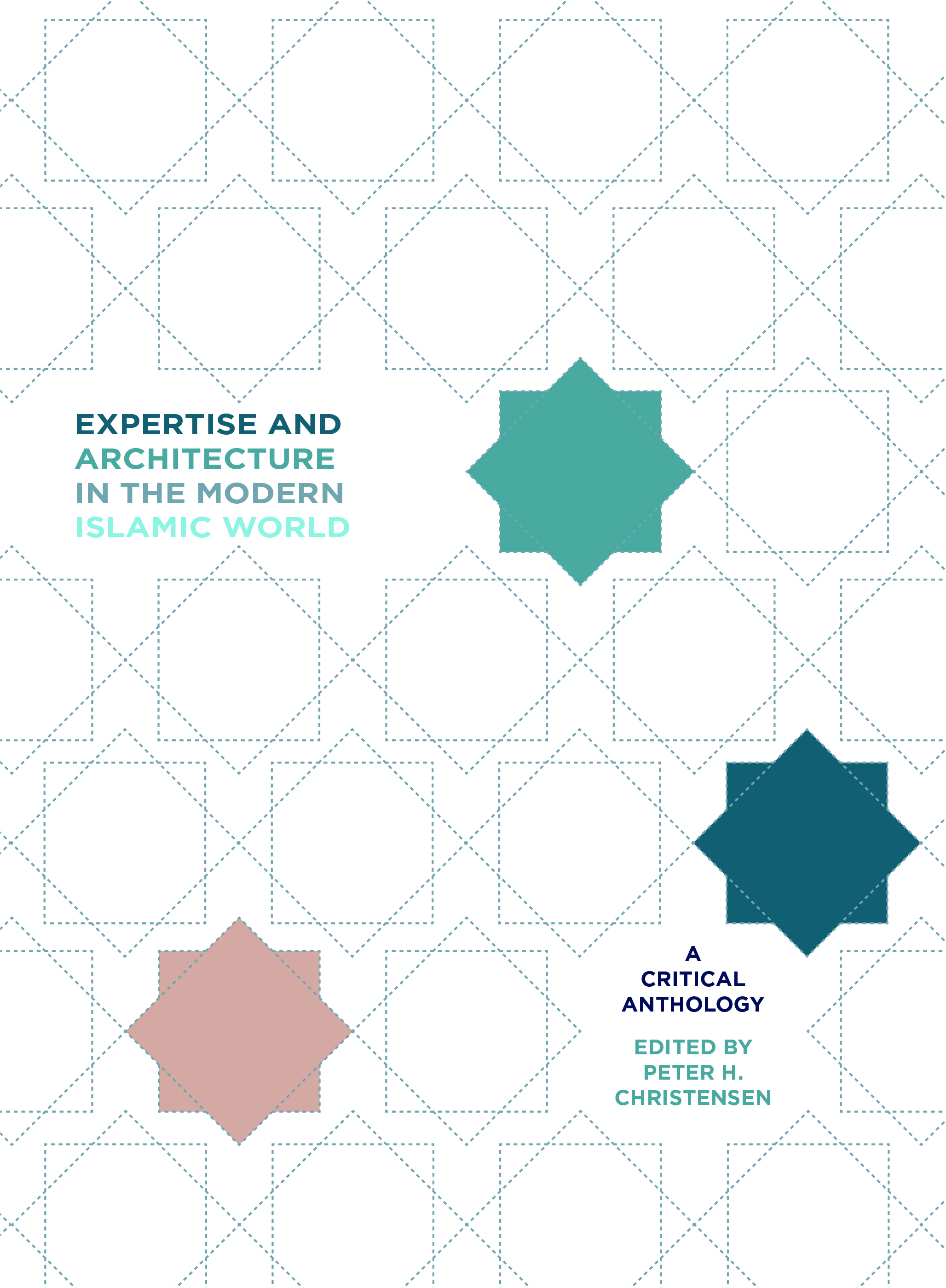
Expertise and Architecture in the Modern Islamic World
The chapters in this volume organized around the leitmotif of expertise demonstrate the thematic importance and specific utility of in-depth and broad-ranging knowledge in shaping the understanding of architecture in the Islamic world from the nineteenth century to the present. Specific case studies include European gardeners in Ottoman courts Polish architects in Kuwait Israeli expertise in Iran monument archiving in India religious spaces in Swedish suburbs and more.
This is the latest title in Critical Studies in Architecture of the Middle East a series devoted to the most recent scholarship concerning architecture landscape and urban design of the Middle East and of regions shaped by diasporic communities more globally.

Europe Faces Europe
How is Europe identified in narratives from its eastern periphery? This is the core question of this volume. Its chapters map narratives of Europe rooted in East Europe as they circulate in phenomenological philosophy news journalism social movements literary texts visual art and popular music. Whereas debate and research on European identity is normally conducted in self-congratulatory terms by core institutions in the centre the focus here is on how Europeanness is narrated in one of its most dynamic regions: Eastern Europe. A closer scrutiny of how such East European narratives critically rework inherited conceptions reveals a range of strategies for interpreting European identity in this transitory phase of history.
Open Access PDF of this title is available from OAPEN at this link Europe Faces Europe.

Englishness, Pop and Post-War Britain
English pop music was a dominant force on the global cultural scene in the decades after World War II – and it served a key role in defining constructing and challenging various ideas about Englishness in the period. Kari Kallioniemi covers a stunning range of styles of pop – from punk reggae and psychedelia to jazz rock Brit Pop and beyond – as he explores the question of how various artists (including such major figures as David Bowie and Morrissey) genres and pieces of music contributed to the developing understanding of who and what was English in the transformative post-war years.
Publication Forum (Finland) lists this book as a Level 2 publication where ‘the highest-level publications are directed as a result of extensive competition and demanding peer-review’.For Intellect’s full listings in this catalogue please click here.
Entering Transmasculinity
Entering Transmasculinity is a holistic study of the intersecting and overlapping discourses that shape transgender identities. In the book matthew heinz offers an examination of mediated and experienced transmasculine subjectivities and aims to capture the apparent contradictions that structure transmasculine experience perception and identification. From the relationship between transmasculinity’s emancipatory potential and its simultaneously homogenizing implications to issues of gender-queerness sexual minorities normativity and fatherhood Entering Transmasculinity is the first book to synthesise the disparate areas of academic study into a theory of the transmasculine self and its formation.

Educating Film-makers
A timely consideration of both the history and the current challenges facing practice-based film training Educating Film-Makers is the first book to examine the history impact and significance of film education in Britain Europe and the United States. Film schools the authors show have historically focused on the cultivation of the film-maker as a cultural activist artist or intellectual – fostering creativity and innovation. But more recently a narrower approach has emerged placing a new emphasis on technical training for the industry. The authors argue for a more imaginative engagement and understanding of the broader social importance of film and television suggesting that critical analysis and production should be connected. Examining current concerns facing practice-based film education in the digital era this book is indispensable for both film teachers and students alike.

European Media Governance
A multitude of factors affect how the European media industry is governed including commercialisation concentration convergence and globalisation. George Terzis’ collection European Media Governance is the first volume to concentrate on analysing and explaining how European countries are slowly conceding control of the media from the government to the market professional and public forces.
This impressive volume provides a detailed examination of all aspects of media governance including media ownership structures government policies citizen’s organisations and union’s accountability systems for 32 European countries. European Media Governance includes recent research into technological developments and provides sources for more information in each country. In addition to this incredibly diverse scale of research and analysis the book provides a companion website with regular updates. Terzis’ European Media Governance addresses all aspects of media governance in Europe reflecting contemporary developments in both the countries analysed and their media creating a comprehensive and reliable source.

European Cultures in Sport
Sport occupies a key position in the cultural profile of a nation. This study forms a comparative guide to sport across Europe in terms of its relative political and social status its development and the ways in which it has contributed to national achievement. Covering sport in ten major European states each native contributor to the study presents: • a brief historical background: major sports successes Olympic positions sporting traditions • organisation of sport: its structure and financing • elite sport: how talent is spotted nurtured and remunerated sports academies national qualification schemes • the role of science and medicine in sport

European Media Governance
Media Governance today is shifting media rules and regulations from national government policies to local regional national multinational and international ones and away from exclusively governmental domains to others such as market professional and public interest/pressure groups. Many media-related civil society organisations are based in Brussels operate at a European level and influence exactly the part of Media Governance that has escaped the national shackles of the member states. But which are those organizations and who do they represent? Which are the relevant EU regulations for the different media industries that they try to influence? How do they participate in the media related debates in the different EU institutions? What are their major position papers? What is the current state of affairs in the European Media Governance relevant to their industry and what are the future issues that they are trying to tackle early enough at a European level? Finally how are their lobbying efforts coordinated with other political professional and public interest groups?
This book presents the work of ten of these European organizations from a variety of media sectors as well as the relevant work of the European Commission the European Parliament and the European Consumers Association.

The Exciting Life of Being a Woman
The Exciting Life of Being a Woman is the feminist survival manual you wish you had read as a teenager. It is written by Feminist Webs a cross-generational youth project for girls and young women based in Manchester UK. Drawing on the history practices and activities of Feminist Webbers The Exciting Life of Being a Woman provides inspiration for women of all ages to live their life in creative and empowered ways. It includes illustrations comics youth work activities personal writing and much more.

